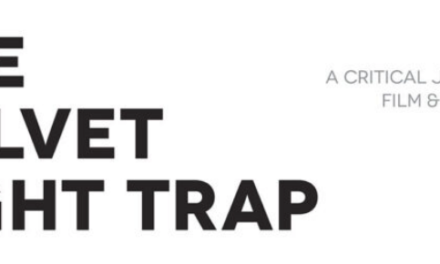In her seminal text Illness as Metaphor (1978), Susan Sontag approaches the discourses around contagious diseases as systems of power and control over civil disobedience and difference. The text poignantly foreshadows the “treatment” of the HIV outbreak by Western public health providers and in the cultural imagination alike. The recent outbreak of the coronavirus around the world prompts us to revisit Sontag’s suggestion in the context of the expanding global crisis. In globalized media, a universally perceptible iconography of catastrophe and annihilation is constantly (re)produced. However, narratives of contamination and epidemics in film and television have been flourishing in the past two decades. It is in these times that we consider it essential to examine these narratives, as they offer a vital space to reflect on the (post‑)human, on conflicting modes of physical and virtual interaction, the permeability of all physical borders, the normalization of bodily vulnerability, the legitimization of authoritarian politics in states of emergency, and the biopolitical use of science and technology.
Surprisingly, there has been very little research in English Studies on the audiovisual experience of the “virus” as a laboratory for our perception of disorder. Implementing mechanisms of empathy, testing the pandemic effect of synaesthesia, and constantly challenging the way we make meaning through our encounter with crisis landscape, cinema, TV series, virtual reality films or even video art and net.art construct what Luciana Parisi defines as an architecture of infection: “an experiential mutation between the abstract and the concrete.” At the same time, the multiplicity of these audiovisual narratives and our overexposure to them create a chaotic, nondirectional effect where meaning is contaminated and the medium becomes a “pharmakon” (Derrida): a poison that contains the cure, a critical tool for dissecting virus as a language (to reverse William Burroughs’s famous quote). Understanding virus as a complex system and addressing the need to explore its mechanisms in the language of visual media, we invite contributors from across Europe to submit papers related to the representation of virus in contemporary cinema and visual media in all its possible facets. Research can touch upon, yet is not limited to, one of the following topics:
- Experiencing the post-human / Designing the post-social
- Gamification of disaster
- Overexposure to crisis (in Europe and beyond)
- Disease and Public Space: sharing an environment of emergency
- Trauma and victimhood
- Gendered “troubles”
- Contagiousness of representation
- Viral hypes
- Damage and error as an emotion (or affect)
Detailed proposals (up to 500 words) for full essays (6,000 – 7,500 words), as well as a short biography (max. 100 words) should be sent to the editors by March 10, 2021: Sotirios Bampatzimopoulos (sotirios@ankara.edu.tr) and Geli Mademli (geli.mademli@gmail.com).
Procedure
EJES operates a two-stage review process.
- Contributors are invited to submit proposals for essays on the topic in question by 31 January 2021.
- Following review of the proposals by the editorial board panel, informed by external specialists as appropriate, the guest editors will invite the authors of short-listed proposals to submit full-length essays for review with a summer 2021 deadline.
- The full-length essays undergo another round of review, and a final selection as well as suggestions for revisions are made. Selected essays are then revised and resubmitted to the guest editors in late 2021 for publication in 2022.
EJES employs Chicago Style (T&F Chicago AD) and British English conventions for spelling.





